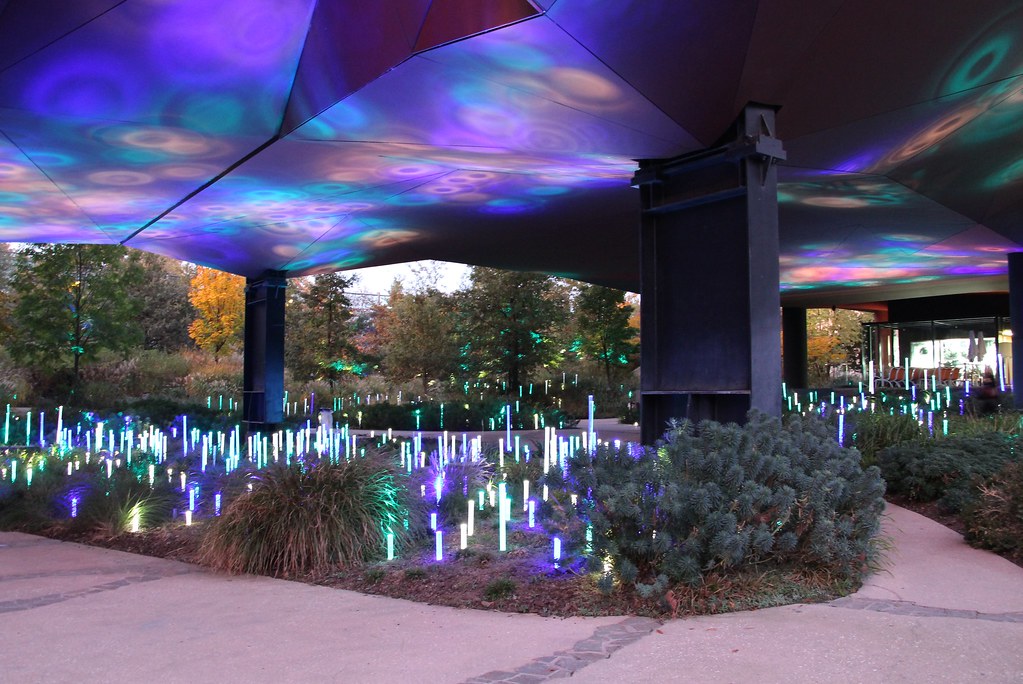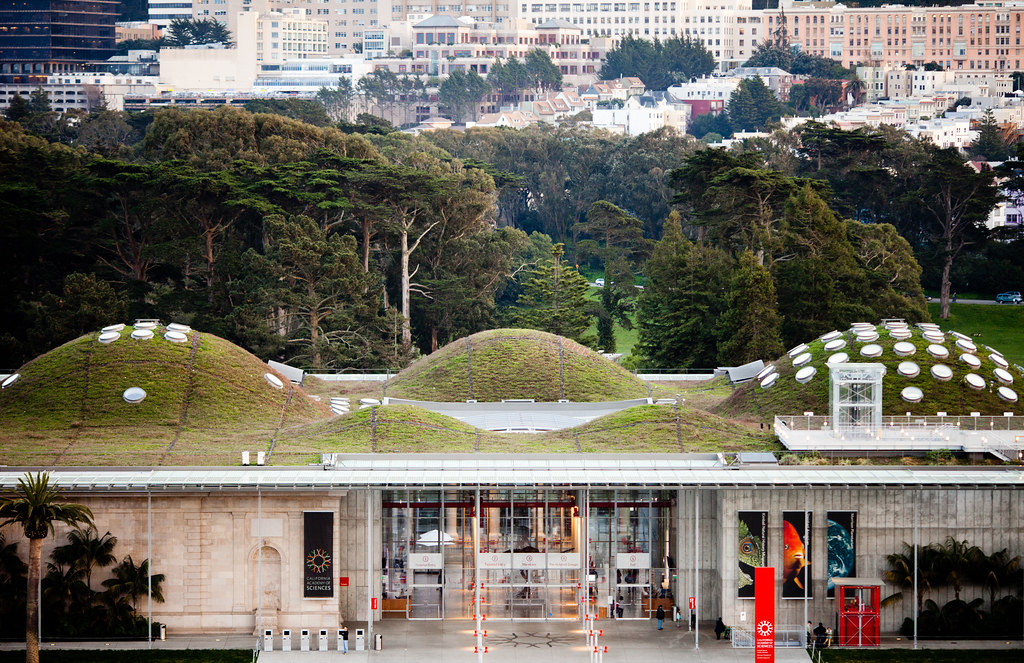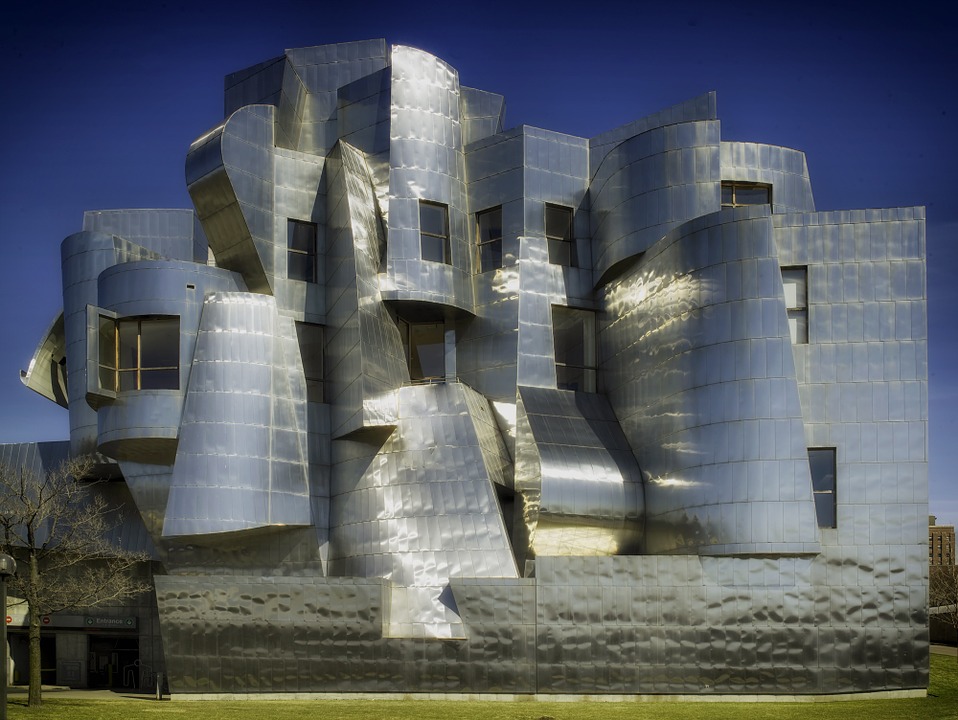Today, like many buildings, museums are also following the latest trends of sustainability. And by adopting eco-friendly practices, green museums do not only provide opportunities for us to look back at the beautiful historical past but can also protect our future. So, from Russia to France, here are some astonishing green museums!
State Hermitage Museum – Saint Petersburg, Russia

Founded in 1764, the State Hermitage Museum was initially the main residence of Russian Tsars. Unknown to a few but loved by many, this museum is the second-largest art museum in the world, housing some of the most prominent art collections. For instance, it includes artworks of Picasso, Van Gogh, Caravaggio, Gaugin. Matisse and Cezanne.
The museum can also be considered as the third greenest museum in the world. Why? Well, you will be surprised to learn that this whole architectural structure has managed to decrease its overall energy consumption by about 60 %. And this was accomplished by only replacing the traditional light system with energy-saving light bulbs.
What an innovative strategy to turn a magnificent building into a green museum!
The State Hermitage Museum is an example to prove how even ancient buildings can play a role in the protection of the environment.
The Parisian Quai Brainly Museum – Paris, France

Just a short stroll from the Eiffel Tour and you will get the chance to visit the most exotic museum in Paris, the Quai Brainly Museum. Opened in 2006, the museum symbolizes 200 years of history, enrichment, study and conservation of public collections. The museum houses approximately 370 000 works originating from Africa, Asia, Oceania, the Near East and the Americas and these works depict the richness and cultural diversity of non-European indigenous civilizations from the Neolithic period.
However, the museum is not only famous for its representation of indigenous art and cultures but also for its green architecture.
- Firstly, one of the significant green features is the stunning 800mq vertical garden.
- And, by itself, the green wall is said to improve the air quality and also reduce thermal dispersion during both winter and summer.
- The museum also consists of a renewable energy system that is based on solar and geothermal energy.
Undoubtedly, this museum displays its green commitment towards environmental sustainability.
California Academy of Sciences – San Francisco, California

This natural history museum and research institute found in San Francisco would have definitely received the gold medal among the greenest museums in the world. This scientific structure combines perfectly scientific research with awareness-raising of environmental issues.
With more than 11 buildings, which consist of an aquarium, a natural history museum, a planetarium and a big rainforest exhibit, it is known as one of the largest museums of natural history in the world.
Completely rebuilt in 2008, you will be surprised to discover the extent to which this museum is committed to sustainable development and environmental protection.
- Designed by Renzo Piano, an Italian architect, and completed in 2008, its green “living” roof can provide energy, control wastewater and nourish various plant specimens (and I am not talking about only a few, but more than 46 million). In addition, it can also reduce the building’s energy requirements by keeping the museum cooler.
- The air conditioning system of the museum was replaced by openable windows.
- Solar panels are used as the main energy source for lightning.
- Metal structures are made up of nearly 90 % recycled material.
This seems like a huge step to the promotion of sustainability, isn’t it?
Jeongok Prehistory Museum – Yeoncheon County, South Korea

Did you know that the Jeongok Prehistory Museum was built on a site of archaeological significance in South Korea, where an Archeulean hand axe was found for the first time in East Asia?
The museum was built with the aim of creating a space that brings the prehistoric past alive for visitor and this is why it also known as the “door to prehistoric age.” It is a perfect archeological learning place where people can experience the amazing evolutionary trace of humanity through a model of human bone fossils and the reproduction of cave paintings. Besides, the museum offers great programs and activities such as children’s cave painting activities and excavation programs. As a result, it became the center of tourist attractions of the Northern Gyeonggi area.
Let us now take a look at the building’s green features:
- The museum was built between two elevated points, hence placing it seamlessly with the natural environment.
- The soft edges and curvy structure evoke the natural flowing water and, together with the prehistoric garden, makes a perfect natural landscape.
- The exterior of the structure was constructed in a way to regulate the temperature in order to minimize energy waste.
Do you want to visit these places? Please share your comments below!
